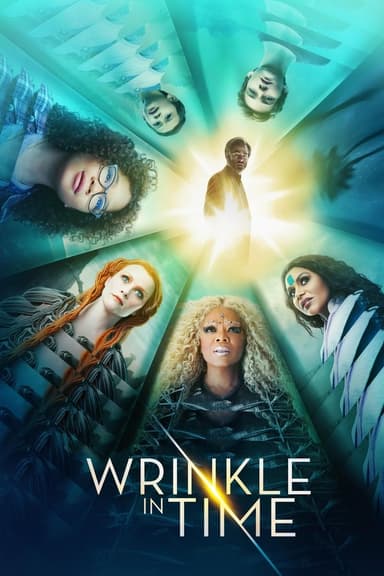
The Indian in the Cupboard
1995 • Adventure, Family, Fantasy • PG
A nine-year-old boy gets a plastic Indian and a cupboard for his birthday and finds himself involved in adventure when the Indian comes to life and befriends him.
Runtime: 1h 36m
Why you should read the novel
Reading The Indian in the Cupboard brings you into a world of imagination that only a great novel can create. The book invites readers to explore Omri’s thoughts, emotions, and personal growth with a depth that a movie simply cannot capture. Through Lynne Reid Banks’ storytelling, you’ll connect far more intimately with the characters’ inner struggles and joys, making their magical experiences feel vivid and real.
The book delves into important themes such as responsibility, empathy, and the consequences of one’s actions—elements that are explored in more detail across the pages than within the confines of a film’s runtime. You’ll find Omri’s maturation, his friendship with Little Bear, and the ethical dilemmas he faces far more nuanced and thought-provoking in the original text.
Moreover, reading allows your imagination to build its own vision of the magic cupboard, the toy figures, and their world, unconstrained by someone else’s visuals. If you seek a richer, more rewarding experience of this classic tale, picking up the book is an adventure worth taking over watching the movie.
Adaptation differences
The film adaptation of The Indian in the Cupboard simplifies several plotlines and character developments to fit its limited screen time, resulting in a more streamlined and less nuanced story. For example, Omri’s internal struggles and character growth are given much more attention in the novel, allowing readers to understand his changing sense of responsibility in a way that the film only skims over. Much of the book’s introspection and detailed moral dilemmas are lost or underplayed in the movie version.
Another significant difference lies in the depiction of historical accuracy and cultural sensitivity. While the book makes efforts to explore Little Bear’s Iroquois background and the complexities of time displacement, the film adapts these subjects more superficially. Key scenes in the novel, such as Omri researching real Native American history to better understand and respect Little Bear, are abbreviated or omitted entirely in the movie, lessening the story’s educational impact.
The supporting characters also undergo changes. For example, the novel features Omri’s parents and brother more prominently, offering a fuller picture of his home life and the challenges he faces maintaining secrecy. In the movie, these familial relationships are condensed and simplified, with certain side plots and humorous interludes left out, which reduces some of the narrative’s charm and realism.
Lastly, the movie alters or omits certain sequences from the book for pacing, such as the depth of Omri’s relationship with Boone the cowboy or the emotional complexity surrounding the responsibility of returning the miniature people home. These changes affect the tone and message of the story, making the film a lighter, less contemplative adventure, while the book invites readers to grapple with deeper questions and themes.
The Indian in the Cupboard inspired from
The Indian in the Cupboard
by Lynne Reid Banks










